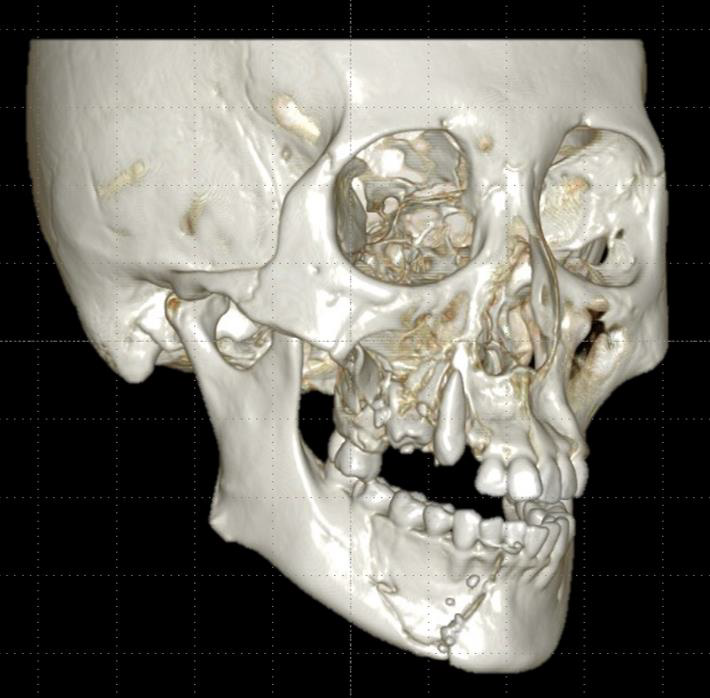Abstract
Basic life support is commonly taught to the general public
and the new generation as these may be the only ones present in
the crucial few minutes before emergency personnel are available.
Cardiopulmonary resuscitation is a technique of basic life support
for the purpose of oxygenating the brain and heart until appropriate
definitive medical treatment can restore the normal heart and
ventilatory action. Cardiopulmonary resuscitation, more commonly
known as CPR, is a basic life support procedure for people whose
heart and lungs have ceased to function effectively. Cardiovascular
disease remains the most common cause of death in developed
countries and is increasing in number in developing countries. In
USA, 48% of all deaths (1994) were due to cardiovascular disease.
In 1997 the death rate was 35% but 68% of these deaths occurred
before reaching the hospital. In India, in 1994, the annual death rate
due to cardiovascular disease was 18% [1-5]. In 2002 the death
rate increased to 26%. National academy of science and national
council in 2002 emphasized to rediscover the value of teaching
CPR in colleges. In 1998 American Health Association began a
large-scale evaluation of CPR in colleges in the US. Experts strongly
recommended the development of CPR programmes in colleges to
ensure widespread learning of CPR and other basic life support
skills, because 70-80% of cardiac arrest occur at home [5-10].

No comments:
Post a Comment
Note: Only a member of this blog may post a comment.